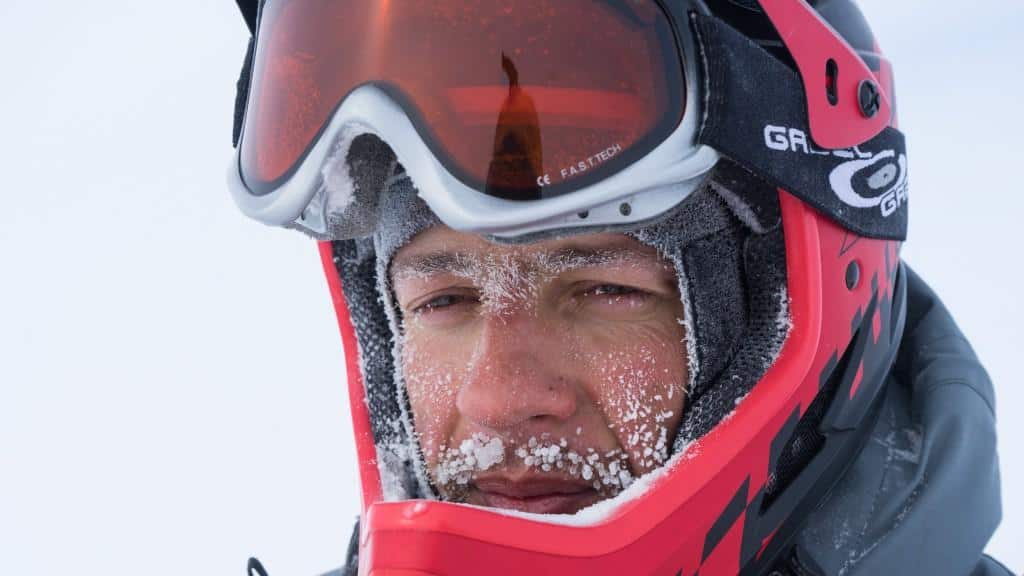Polar bears, equipment failure and bitter cold are just a few of the challenges explorers face in the polar Ural region.
Climber, explorer, and filmmaker Valery Semenov documented his 600km adventure across the Arctic tundra attempting to ski to the remote and sacred island of Vaygach.
The film not only illustrates the challenges Semenov and fellow explorer Andrey Gromov underwent, but celebrates the raw beauty of the region.
battleface spoke with Semenov about the journey.
Valery, your film of this expedition with fellow explorer Andrey Gromov is called “So You Can’t Go Here”, and I am assuming the title refers to your destination of Vaygach Island Can you tell us the story behind this adventure?
Sure. Our journey and our film were about two things: the first, the challenge of using kites to ski across the Arctic tundra and cross the ice bridge to Vaygach, and second, to touch and feel the mystery of the island.
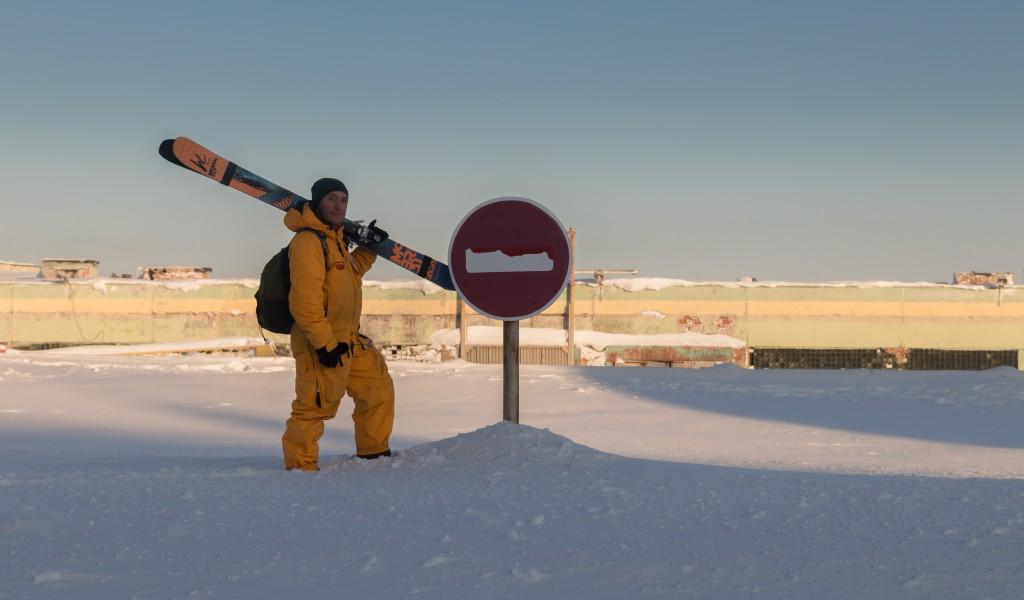
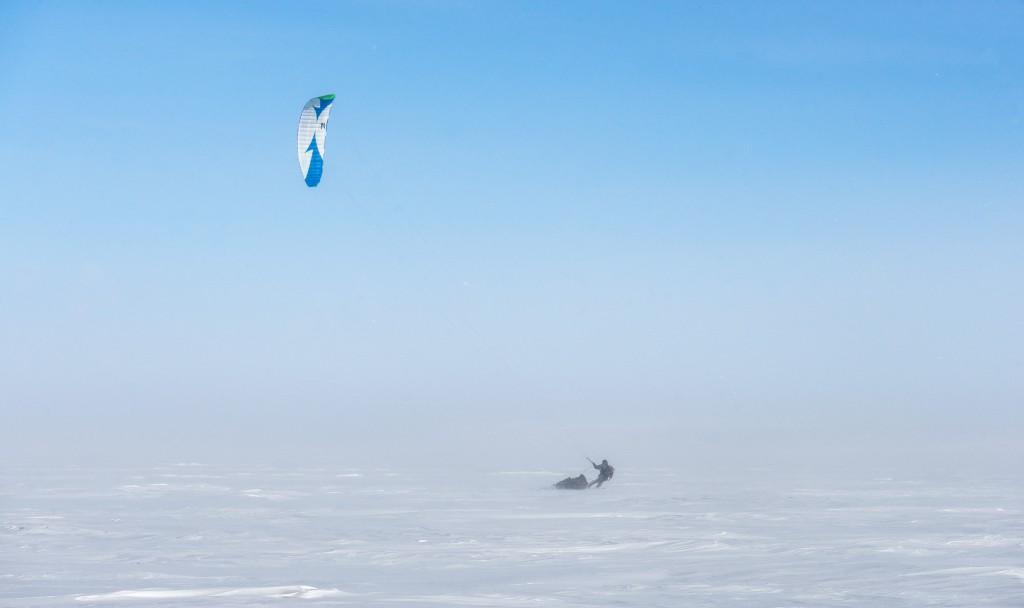
Before I spoke to you, I read about the significance of Vaygach to the Indigenous tribes of Nenet and Samoyed – the name of the island is known in the local language as something like ‘terrible death’, is this real?
Absolutely! For over a thousand years, men from the northern tribes travel in late spring or summer by dog sled then kayak to Vaygach to sacrifice reindeer and sometimes polar bears to the idols of their spiritual gods – and legends tell of a time when thousands of shrines to idols were worshipped on island. Most were destroyed when Christianity came to the region, but the ancient practices and beliefs in deities and the supernatural have never stopped.
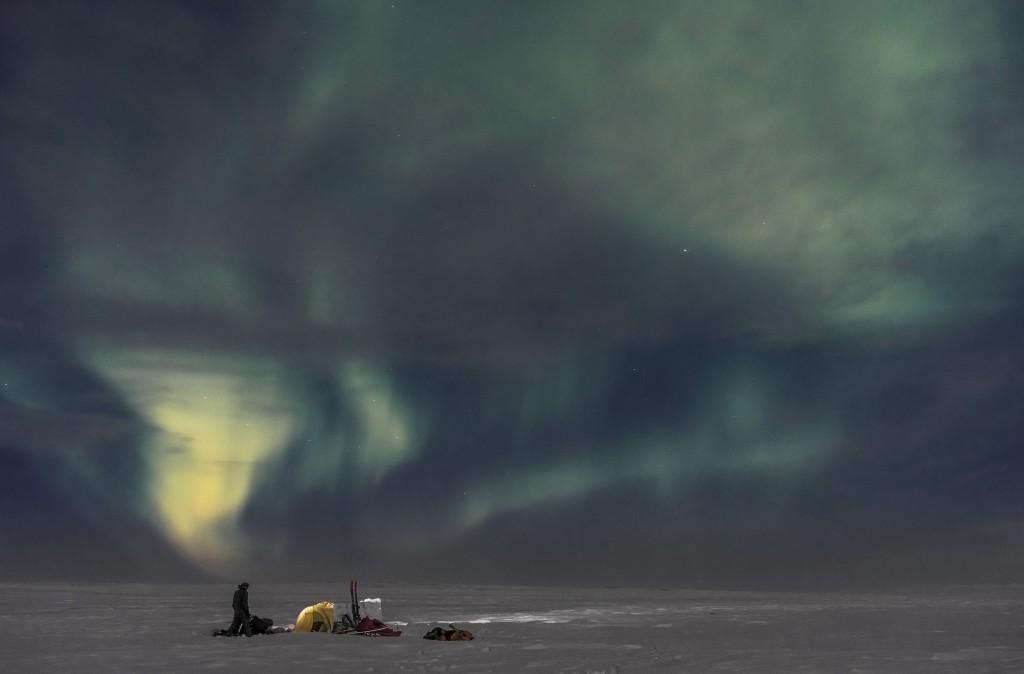
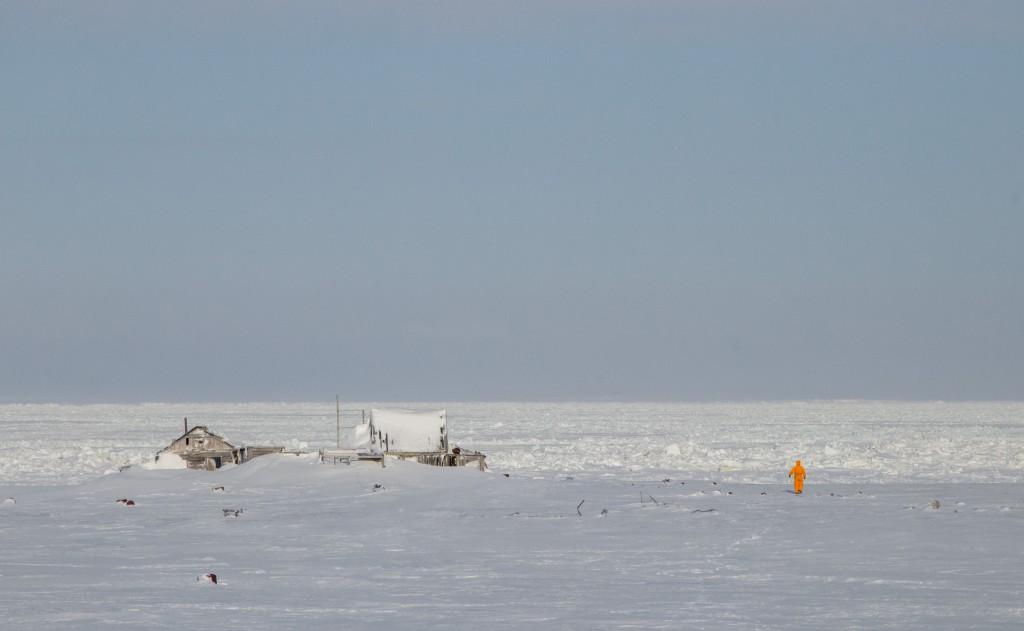
But on this attempt you and Andrey could not get to the island.
No, unfortunately not. And this is a reality of climate change because the winter was cold, but not cold enough that the strait was completely frozen. In the end, we were only 3km from the coast of Vaygach, which is close, but still a distance impossible to overcome.
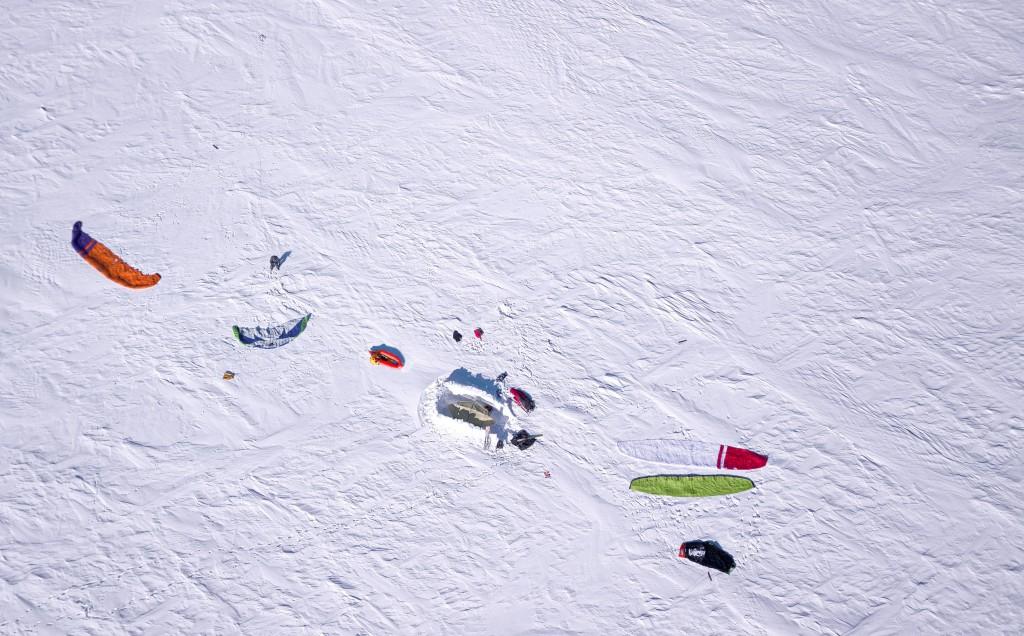
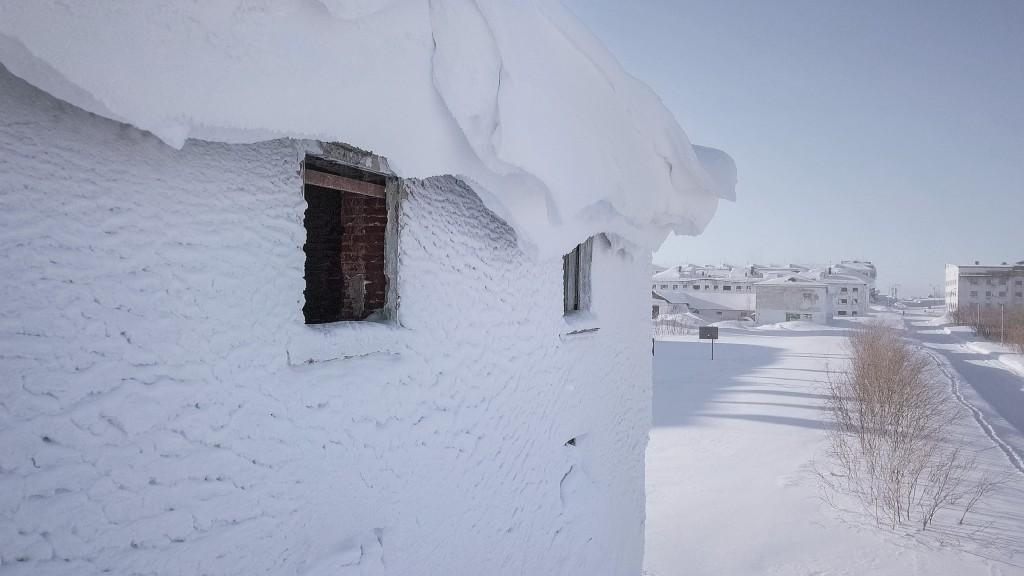
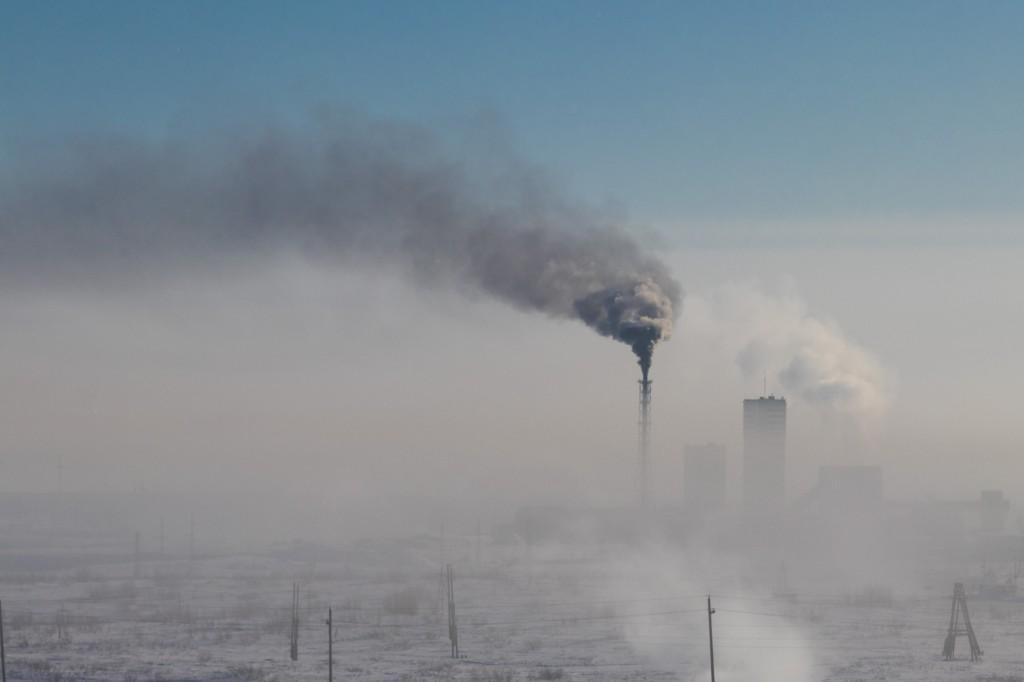
What was your starting point for the expedition?
We began in the village of Vorgashor, near the city of Vorkuta.
There are no highways in or out – you can only get there by freight train or by plane. This is the region known as the polar Ural, where coal was once mined on a massive scale. Now, it is almost abandoned.
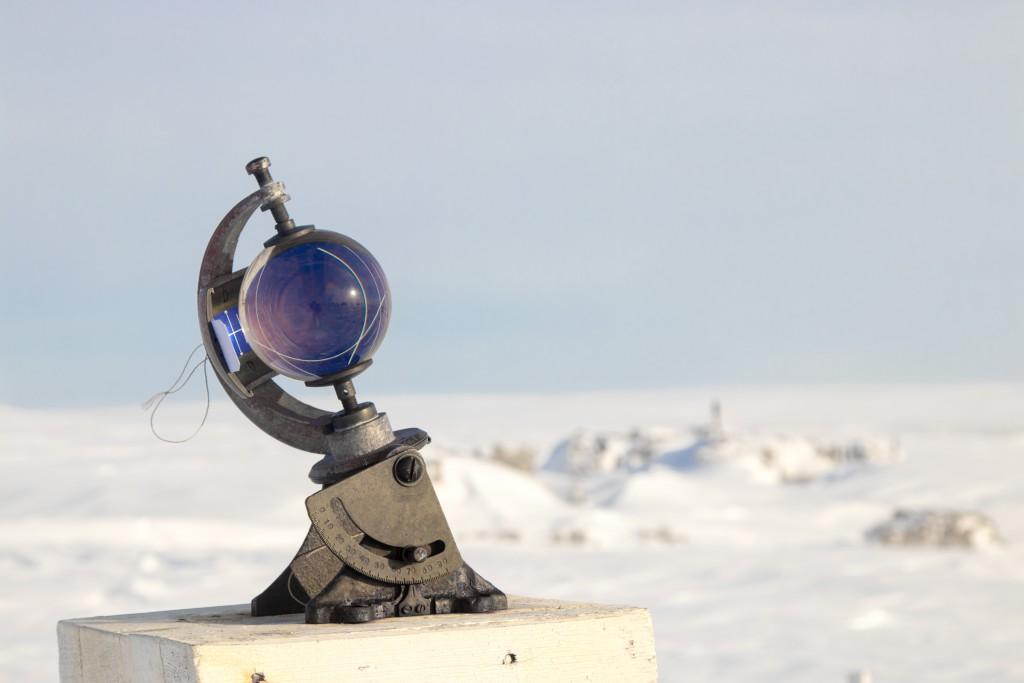
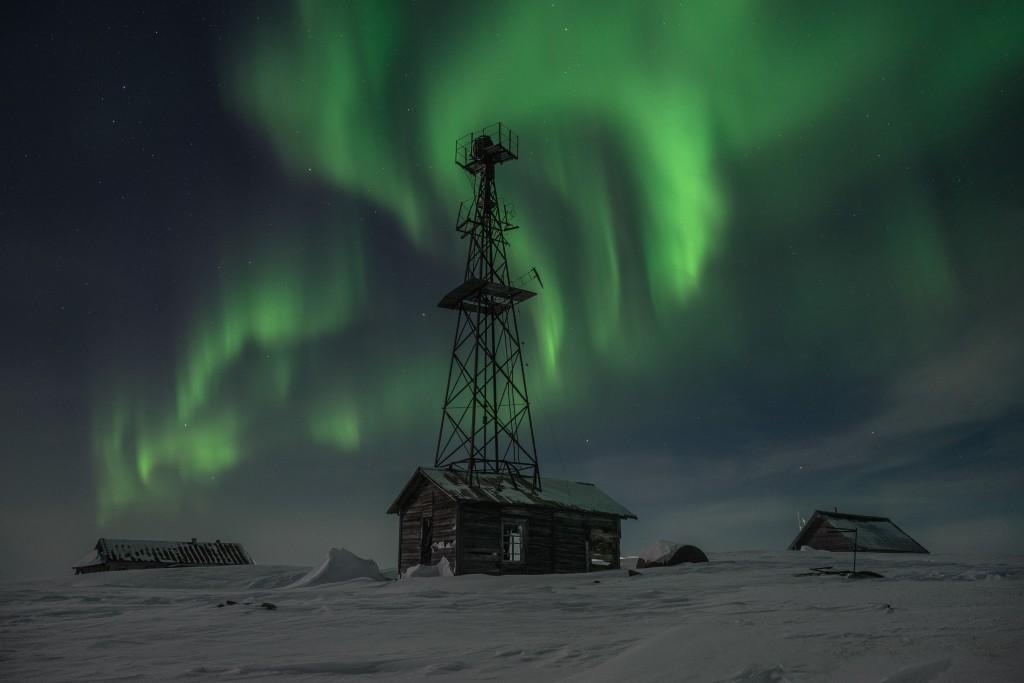
From Vorgashor on skis and kites we headed to the coast of the Barents Sea, to the village of Karatayka. Normally the only way to get to there is by snowmobile, all-terrain vehicle or helicopter. Once or twice a month, an all-terrain vehicle will arrive with food and supplies for its residents.
We then made our way lay along the coast of the Barents Sea, to the White Nose weather station and toward our destination, the island of Vaygach. As we said, we could not make the crossing over the Yugorsky Shar Strait which is the gateway to the Eastern Arctic and to our goal of Vaygach.
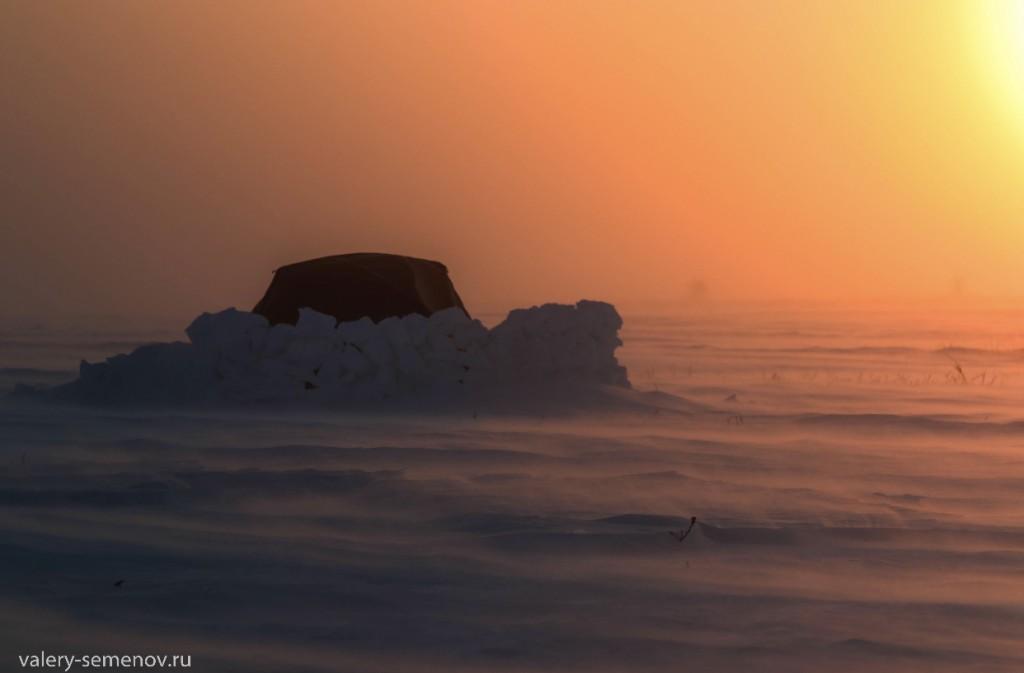
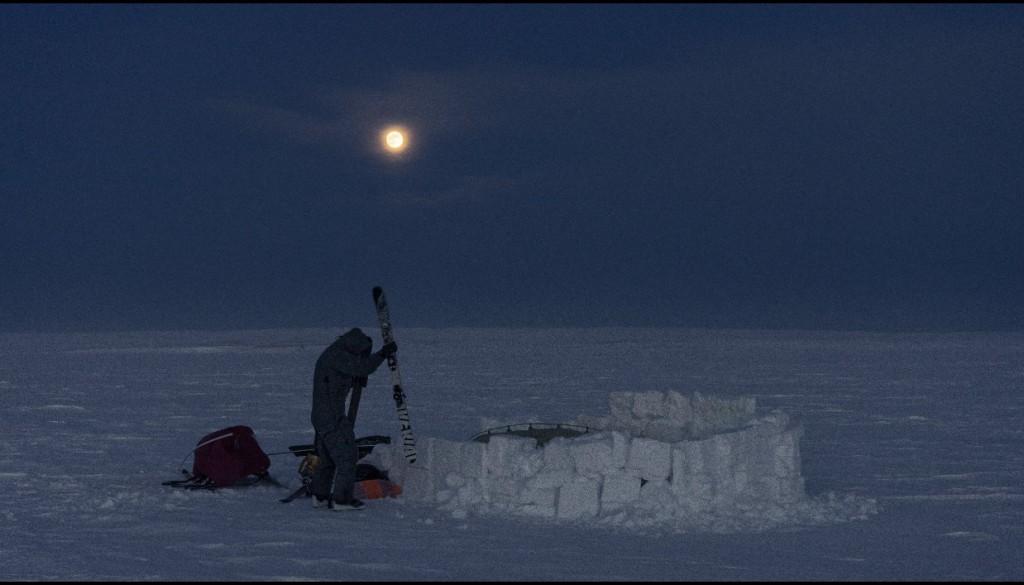
Every image conveys a powerful image of bleakness, solitude and freezing temperatures. How cold was it?
Well, we made this attempt in spring and expected the lows to be -10⁰C degrees. However, in the arctic and with changing weather patterns the weather is less dependable, and we consistently had lows of -35⁰C degrees.
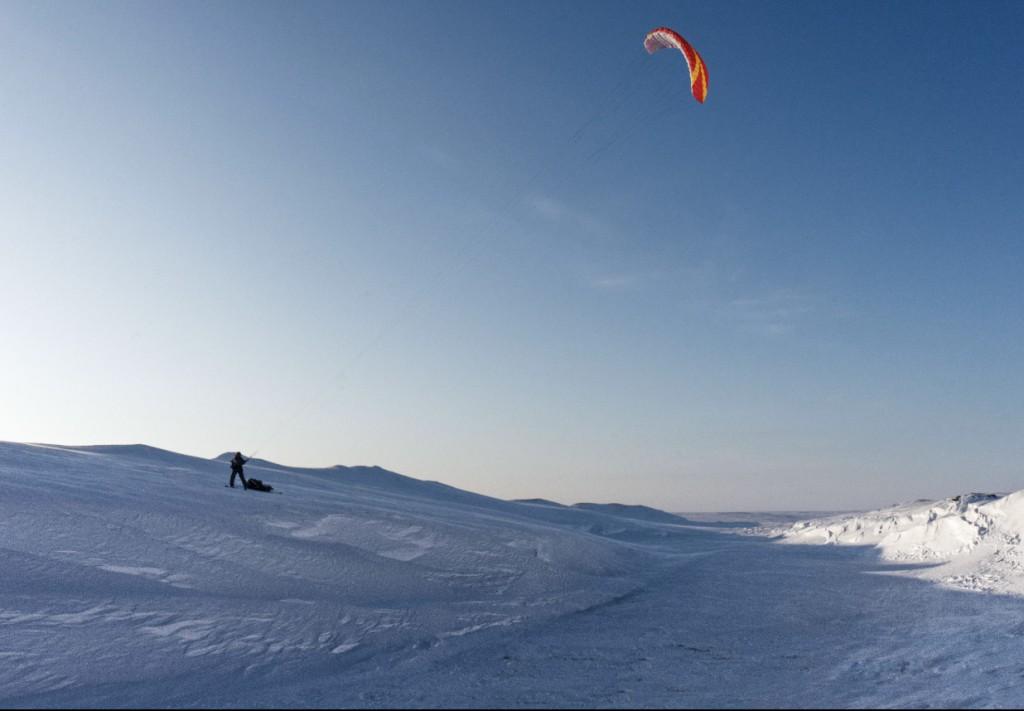
How many days were you out there?
In total the whole expedition was 24 days with 6 days using skis and kites in our attempt to reach Vaygach.
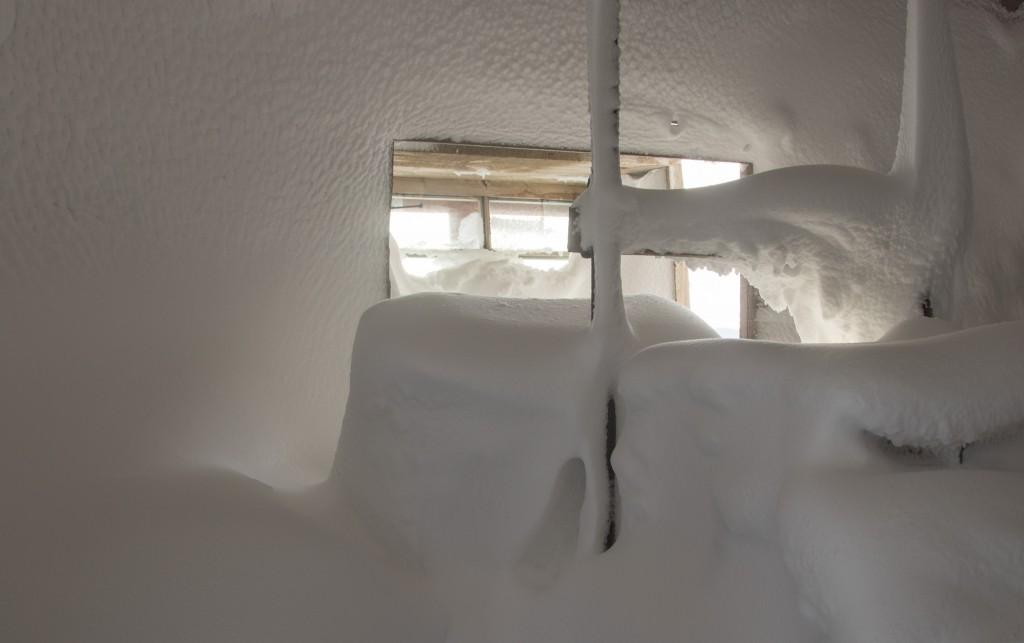
What is the most dangerous aspect of polar exploration?
It is the lack of fuel and the cold. There are no trees in the tundra to make a fire, so we carried burners that run on special purified gasoline – even the locals do not have access to this highly efficient fuel.
Without gasoline, it is impossible to cook food or melt snow for tea. On our return journey a canister of gasoline ruptured and spoilt our food supplies. We were forced to head immediately to Vorkuta.
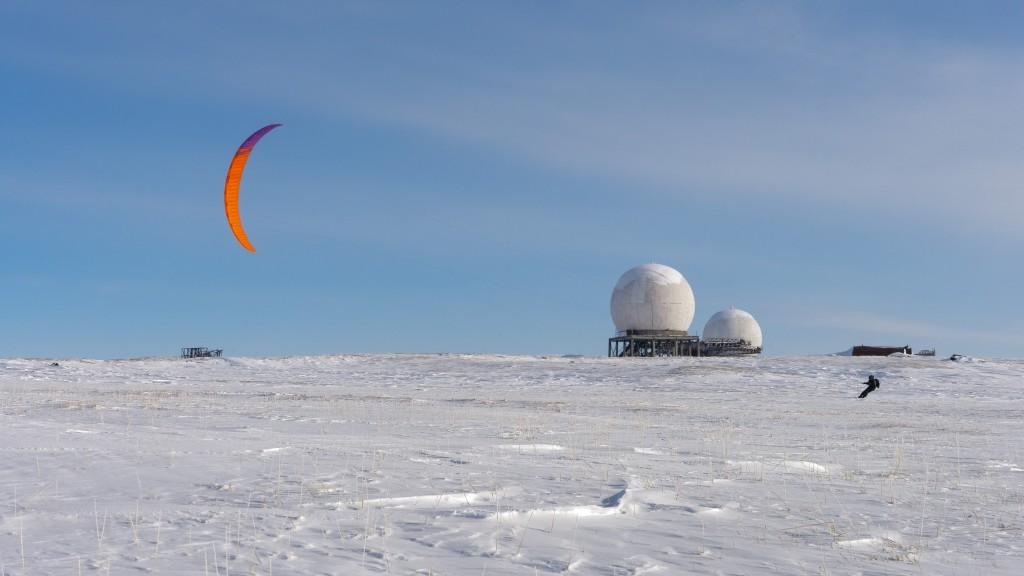
Equipment breakdowns and mental fatigue also have a strong impact. On the 22nd day of the expedition in a storm, I tore my kite, and then Andrey’s sleigh was damaged. We had to make repairs in the incredible cold when it is hard to keep warm even when you are in motion.
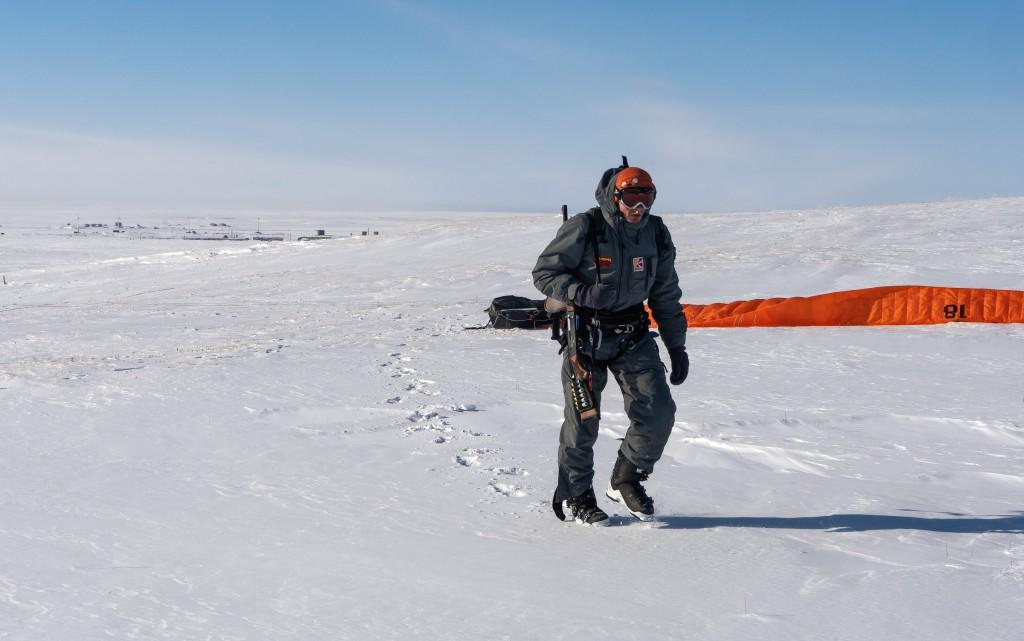
You carried a gun for protection from polar bears?
Yes, the threat from polar bears is a constant threat and we planned our route away from shorelines to avoid them. Whenever possible we would seek out the abandoned weather or radar stations or look from hunting lodges that aren’t marked on maps but are few and far between.
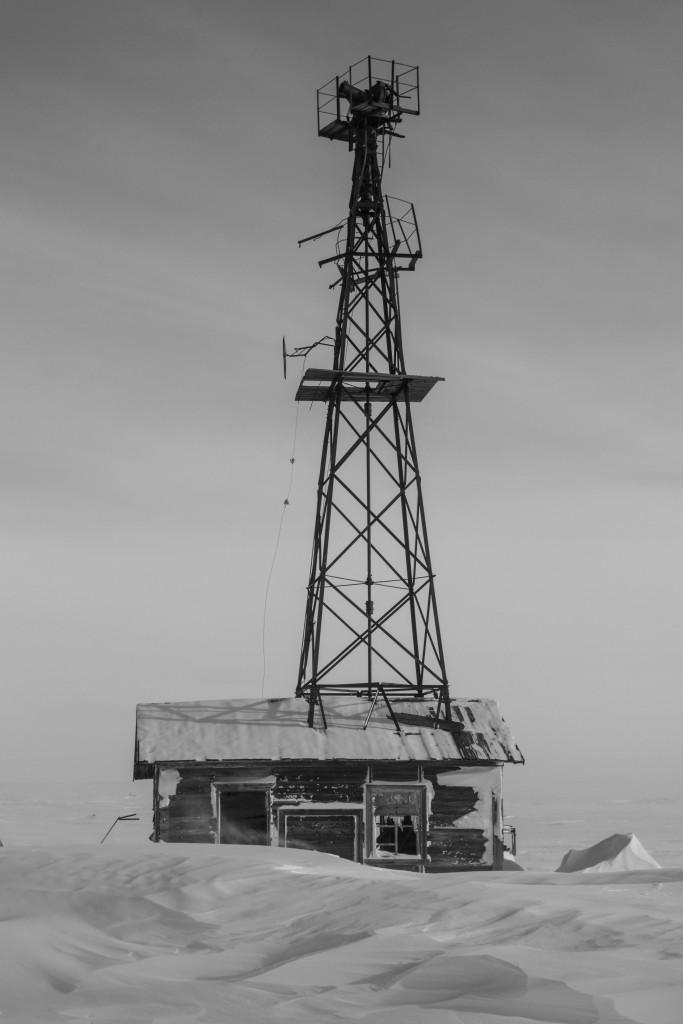
A gun is an extra weight to carry and may not be effective protection. In an emergency encounter you still need to retrieve the gun from the sleigh and can shoot successfully. We saw many fresh tracks of bears and cubs and once quickly changed our direction to avoid an encounter.
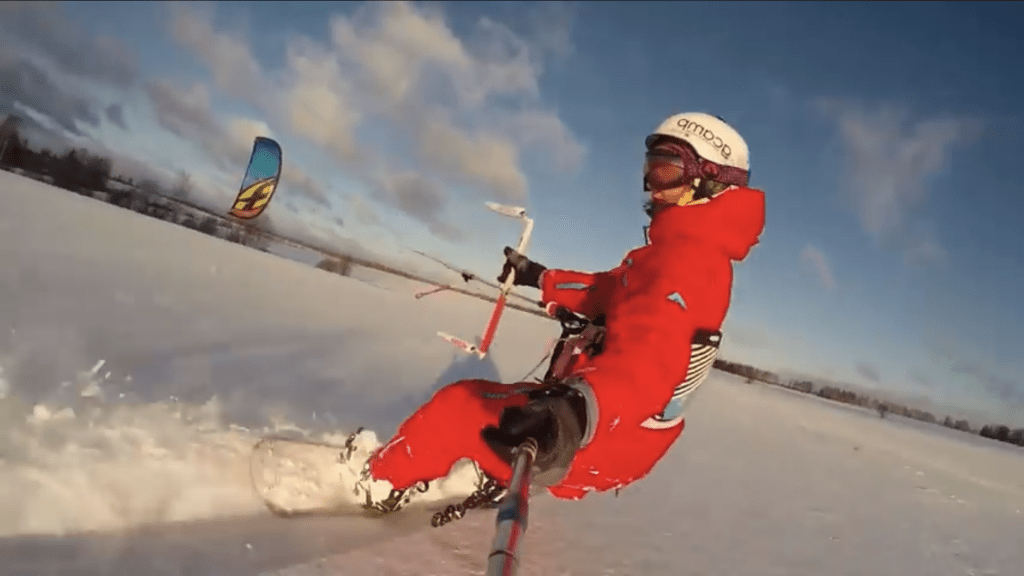
How fast can you ski with a kite?
VS: Our speed depends on the wind and the complexity of the terrain. On average, we covered 50km a day, but then this varies from the worst wind conditions where we made 10km to the best when we covered 90km.
The buildings are all from the Soviet times, yes?
Yes, there are a few abandoned stations and small villages on the tundra and the coast of the Kara Sea. They offer good shelter, however our friends the polar bears are also very fond of these places, so it is necessary to approach them with extreme caution.
Watch the full film here:
More of Valery’s adventure travel and work can be seen here https://www.instagram.com/valery.semenov/
All images ©Valery Semenov and Andrey Gromov
